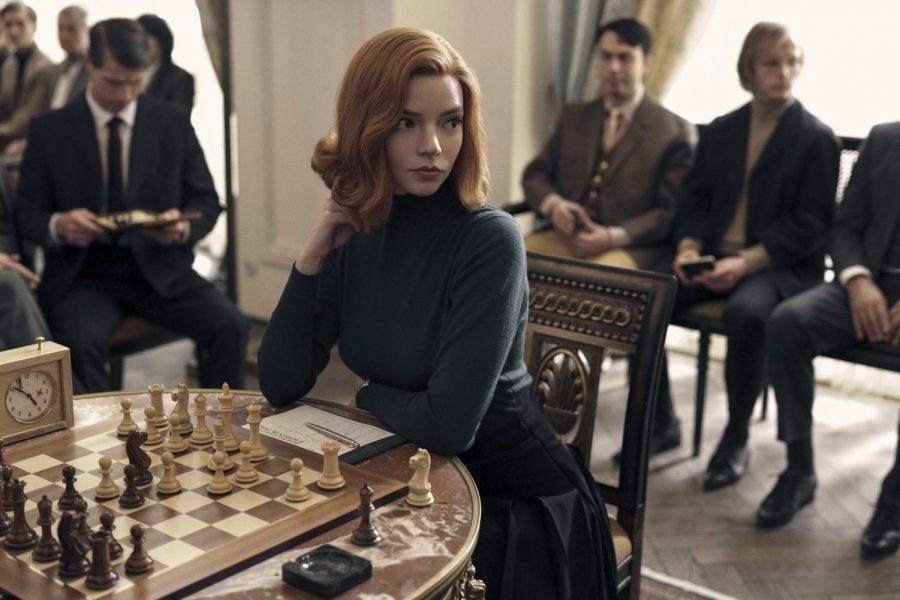As live-action TV shows feature increasingly realistic cinematography, their content must adapt at a similar rate. Premiering its first episode on Sept. 19, the long-awaited TV show “The Penguin” does not disappoint in this regard. Featuring unique characters and relationships in a highly realistic setting, this spinoff miniseries has quickly cemented itself as one of the greatest I have ever watched.

Taking place in the recent aftermath of the DC movie “The Batman,” the show revolves around the titular “Penguin,” known as mobster Oswald “Oz” Cobb, and his efforts to take control of Gotham City’s criminal underworld.
One thing that stuck out to me was the character depth. Whether the scene includes Oz, his protégé Victor Aguilar or crime boss Sofia Falcone, their unique personalities and relationships keep my eyes glued to each scene. For example, Oz and Victor’s bond intrigued me because it is an opposite representation of typical hero mentor-mentee relationships, as Victor becomes increasingly corrupted instead of bettered by Oz’s influence.
What captured my attention the most was how the redesigned “Penguin” is a more realistic mobster than the original character from comics and cartoons. Instead of sporting an outlandish tuxedo and having a long, beak-shaped nose, Oz wears a dark trench coat and only his limping gait suggests a connection to his nickname, making his appearance more serious and believable.
Other main characters also have elaborate backstories that are explored throughout numerous scenes, adding depth to both old and new characters that few other shows direct screen time toward.
Victor, for example, is established as a reflection of Oz’s younger self, and through dialogue and flashbacks, the show deepens the duo’s connection and nurtures viewer interest.
For instance, the two bond over being forced into lives of crime because they come from similarly poor backgrounds. This makes their motives more realistic since many real-life individuals become criminals under similar conditions. It also leaves viewers rooting for the duo because they are underdogs fighting for success.
The show also maintains realism by offering a necessary change to the boring, monotonous plots and settings of many modern superhero and villain shows. Rather than creating utterly unbelievable stories to awe audiences, “The Penguin” kept me hooked through suspenseful plot twists, such as the murder of the Falcone family and other betrayals.
Additionally, the first three episodes focus more on developing its underworld setting than bridging solid connections with the mainstream Batman media, making the show feel detached from the mainstream universe.
However, straying from the Batman universe allows the show to place more focus on character development and worldbuilding. By not referring to Batman, “The Penguin” blossoms as a standalone experience instead of becoming a mere continuation of the mainstream media like many other recent spinoffs.
Apart from the show itself, Colin Farrell pulls off a stellar performance as Oz, to the point that the actor is nearly unrecognizable in appearance and voice. However, there seemed to be a kiss-up, manipulative aspect of his personality that did not fit with his identity of a hardened mafia member, making numerous scenes between him and high-ranking crime bosses corny and less intriguing.
“The Penguin” is a unique experience for viewers and a must-watch for all fans of crime fiction. While occasionally featuring cheesy dialogue, the show compensates with its innovative characters and thrilling plot.
After watching the series, I am left with a newfound respect and understanding for Oz, and I eagerly await his next appearance in the Batman franchise.


















